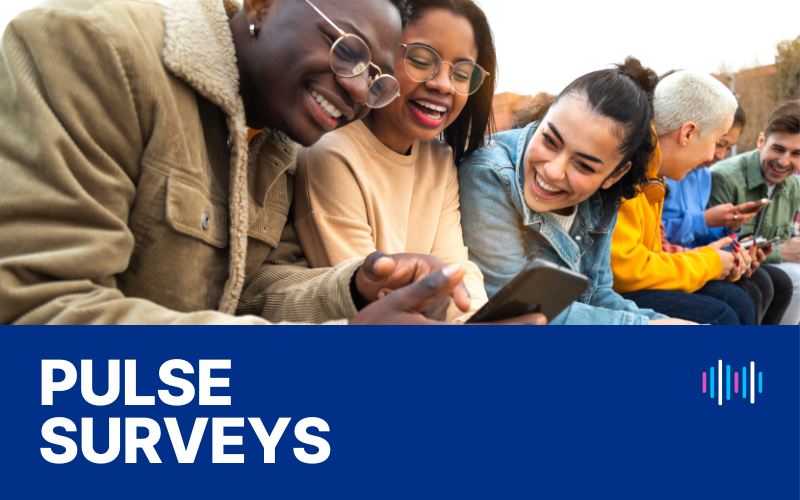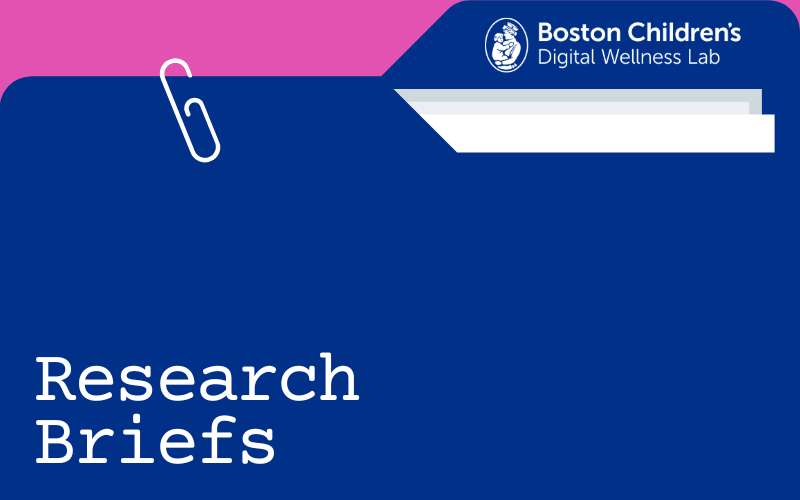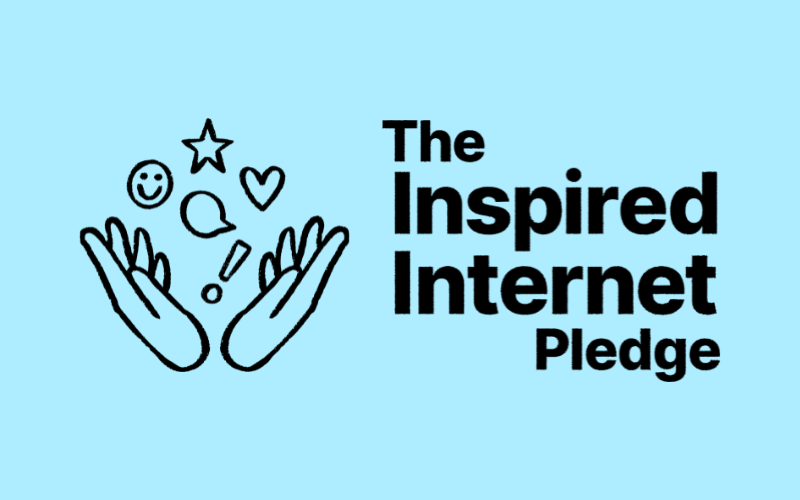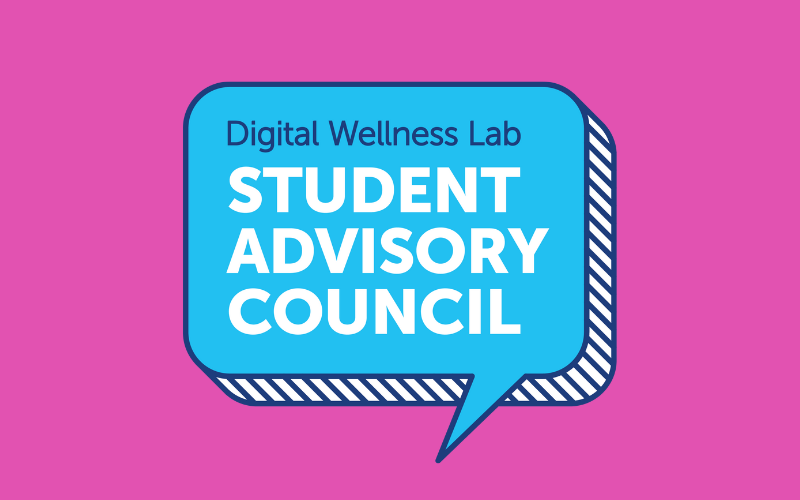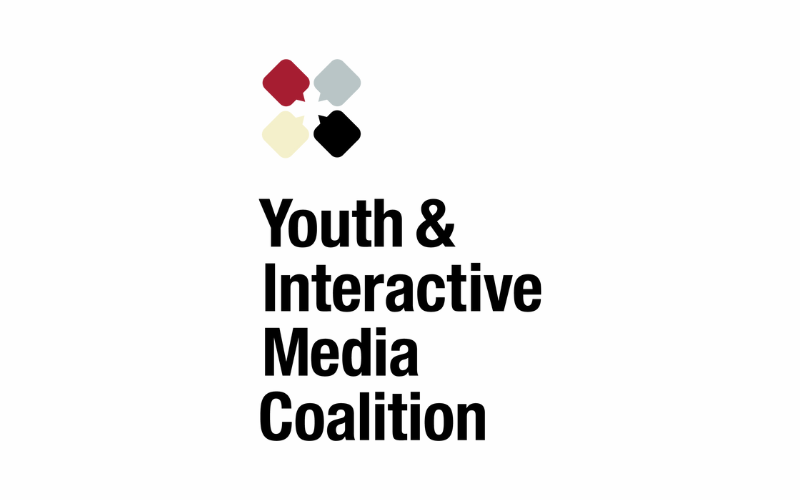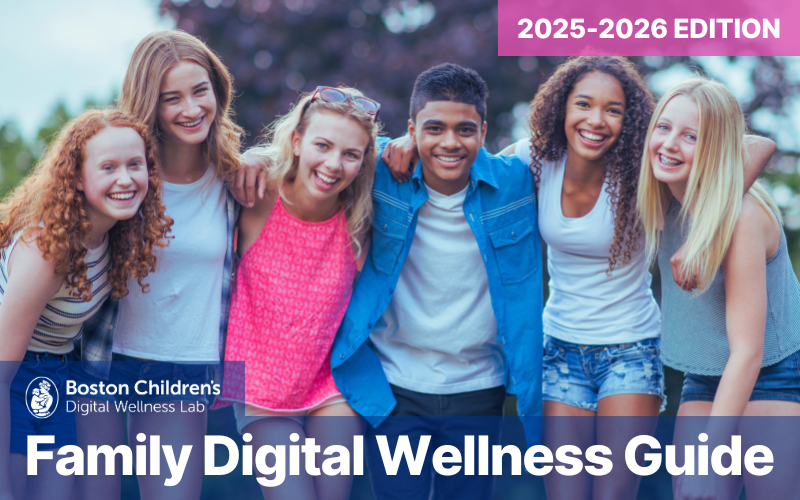Authored by Abbie Schwartz
Undergraduate Student Researcher with the Digital Wellness Lab
What is the “Male Loneliness Epidemic?”
The “male loneliness epidemic” refers to the growing concern that many boys and men are experiencing low levels of social connectedness. It is important to note, however, that “loneliness” itself is an internal emotional experience rather than simply the absence of social contact, and research consistently shows that women and men are reporting similar levels of loneliness, highlighting loneliness as an issue for both groups.
That said, men tend to have fewer close friendships, and those friendships often lack the emotional intimacy and depth more common in female relationships. This gender gap in emotional support emerges early and has lasting consequences. Studies show that in early elementary ages, girls experience more sympathy for friends’ suffering than boys, and girls throughout grade school express more empathy than male peers. While 95% of teen girls say they have a close friend they can confide in, only 85% of boys report the same, and the majority of teens agree that “girls have it easier when it comes to having friends for emotional support.” With boys facing significantly higher suicide rates, promoting social connectedness is a crucial step toward prevention.
Masculinity and Friendships
Conformity to traditional masculine norms has been linked to poorer social functioning and worse mental health outcomes for men, with particularly harmful effects on mental health when those norms emphasize self-reliance. Cross-cultural research shows similar patterns among boys, where stronger endorsement of masculinity is associated with lower friendship quality. Additionally, negative peer experiences predict increased masculine behavior, highlighting the potential vulnerability for boys who are struggling socially to pick up ideologies that only further harm their social functioning.
Media as a Mediator: The Manosphere
There is a pervasive online culture known as the “manosphere” that promotes alt-right ideologies and traditional masculinity; this content is also known as “red pill” or “alpha male” content. Research suggests that as many as 80% of teen boys aged 16-17 have been exposed to manosphere content, which can be particularly appealing during adolescence. These spaces frequently feature themes that resonate with boys, such as gym routines, sports cars, and tips for attracting women. However, this content can negatively affect teen boys’ relationships, as these traditional masculine norms emphasize social isolation and self-reliance. Young men who watch manosphere influencers are more likely to believe that “men should solve problems on their own” than young men who do not consume this content. They are also more likely to value wealth and popularity than kindness or trustworthiness in friends. Exposure to these messages may reinforce rigid masculine norms and reduce boys’ willingness or ability to engage in emotionally supportive friendships, exacerbating both social and mental health vulnerabilities.
AI as an Intervention
While researchers have yet to fully investigate whether AI could help promote healthy relationship skills among boys, one could reasonably theorize that boys who are heavily using AI chatbots as friends might have less social support than those who are not. Additionally, boys are known to externalize harm more than girls. This presents a unique opportunity to target interventions to boys who lack satisfying human connections.
AI has already successfully been used as a tool to teach social skills to children on the Autism spectrum, highlighting potential efficacy in other groups. Additionally, others have already suggested the idea of roleplaying scenarios with AI as a means to build social skills. AI models could be reprogrammed to promote social-emotional cognition and aid in fostering offline relationships. For example, if a user were to say something rude to a chatbot, what if the chatbot responded with “That was unkind, how would you feel if someone said that to you?” Or, if users self-disclose vulnerable information, AI could prompt them to “Ask a trusted friend what they think.”
Limitations and Future Steps
Manosphere content often promotes patriarchal ideals and violence towards women, particularly through teaching expectations in dating. However, this author believes it is unethical for minors to have romantic or sexual contact with non-peers, including AI, and therefore does not support AI dating interventions. If topics of this nature are mentioned to an AI bot, it should completely shut down the conversation and prompt minors to speak to a trusted adult.
Additionally, one must consider the fact that AI is prone to error. Unfortunately, this under-regulated technology has contributed to devastating mental health outcomes in vulnerable individuals, some of whom were minors. Consumers must continue to advocate for transparency and ethical considerations from companies in order to reduce harm.
The author of this article is a college student who has been engaging with the Digital Wellness Lab about topics of young people’s safety and wellbeing within digital environments. The opinions and ideas described here are those of the author and do not necessarily represent the opinions, research, or recommendations of the Digital Wellness Lab, Boston Children’s Hospital, or associates.

